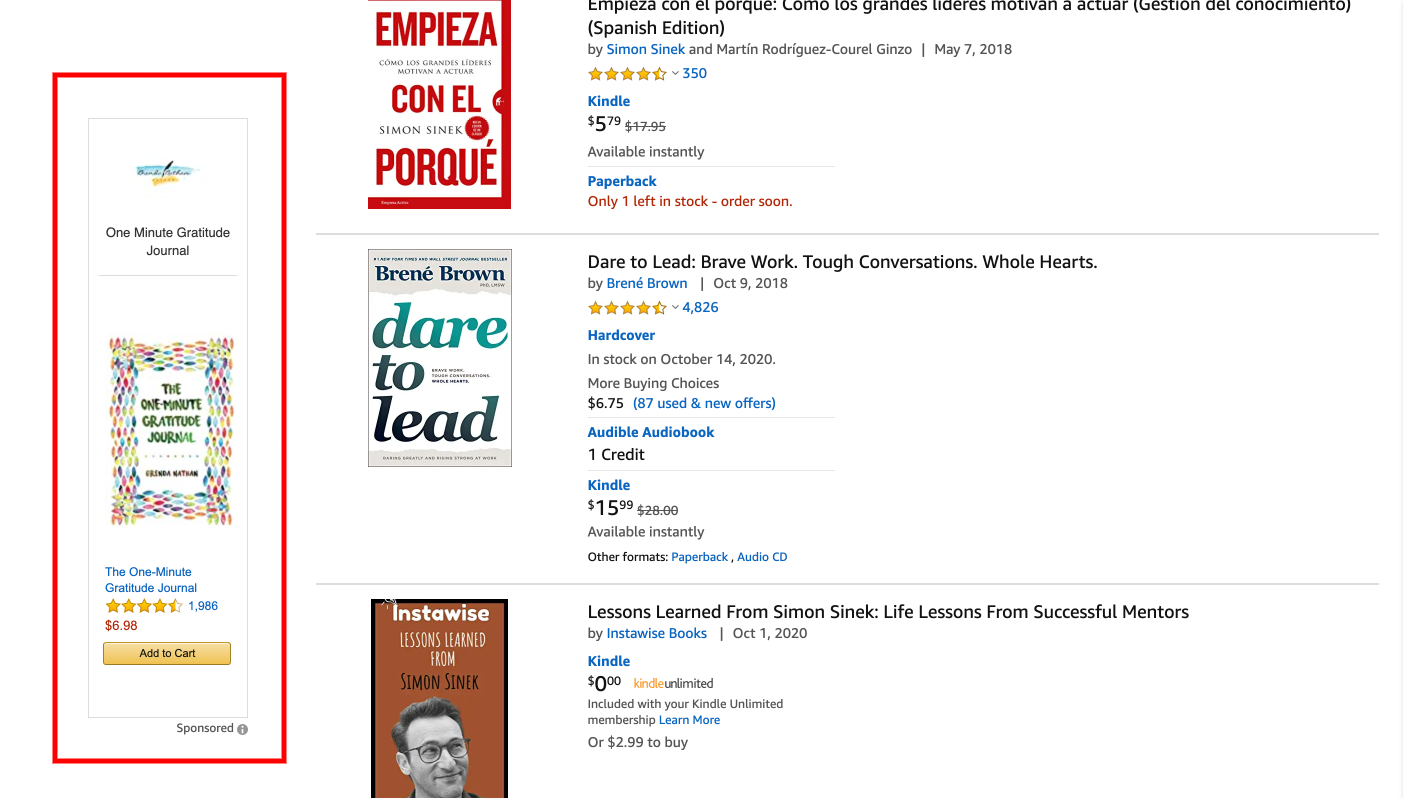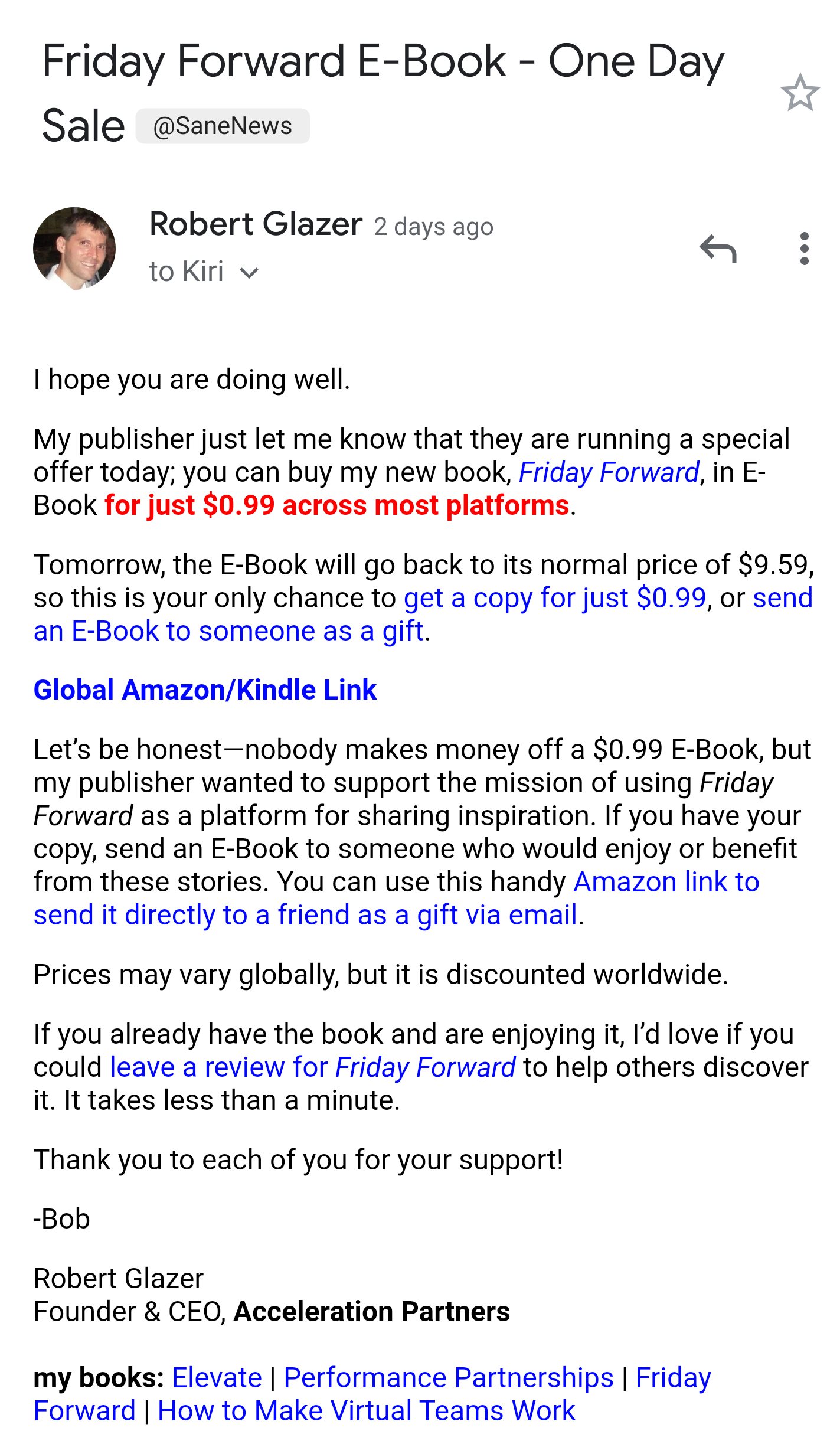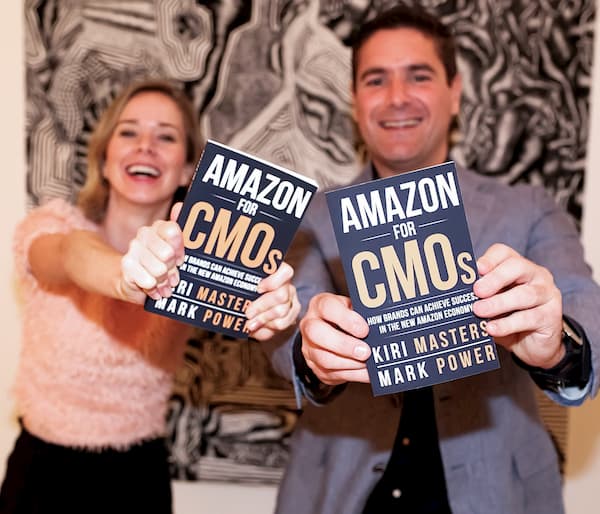While we don’t work with authors or publishers at Bobsled, I get asked a lot about how to promote books on Amazon. I have myself written and published 3 books on Amazon, so I decided to share my thoughts on the ideal marketing plan for authors who are publishing hard copy, Kindle, or Audible books.
There are some similarities between books and physical products – I’ll explain the differences and similarities when it comes to getting reviews and advertising on Amazon. And finally, I’ll share what has worked for me.
Getting reviews
Providing a free product for review, or incentivizing reviews in any way, is very much against the rules when it comes to physical products.
But within Amazon’s Community Guidelines, which are applicable for both physical products and books, there is a special mention:
“Book authors and publishers may continue to provide free or discounted copies of their books to readers, as long as the author or publisher does not require a review in exchange or attempt to influence the review.”
This carve-out for authors and publishers to provide advance copies or promotional copies is helpful in terms of getting the word out. But authors should also note the restrictions around reviews from friends & family, which apply to all products and services on Amazon:
“Creating, modifying, or posting content regarding your (or your relative’s, close friend’s, business associate’s, or employer’s) products or services” is specifically prohibited.
Amazon’s Author Central Help Pages also specifies the answer to this common question:
Q: Can I write Customer Reviews for my books?
A: No, this is not permitted. This feature is designed for customers to give their opinions and feedback. On a related note, we also ask that authors do not submit Customer Reviews for books that are of similar content or subject.”
So what does all this mean for authors who need reviews of their books? What I have done myself is completely avoid asking close friends, family, and employees for reviews. I did, however, reach out to supportive acquaintances, newsletter subscribers, and social media followers to ask for their support both with buying the book and writing a review. More on that in my ‘ideal book marketing plan’ below.
Further reading: 4 Ways Brands Can Get More Amazon Product
Reviews — Without Breaking The Rules
Advertising
Advertising is not something I personally deployed in my book marketing strategy. But from a features standpoint, advertising books on Amazon and advertising products on Amazon is very similar. Authors can run Sponsored Product Ads with automatic or manual targeting. These ads are keyword-driven. For example you can bid on terms like ‘Ruby on Rails’, ‘Software programming textbook’ etc.
How to decide which keywords to target, and how much to spend on a bid? This is where there’s overlap with physical products.
Further Reading of Our Best Practices
- How To Use the New Product Targeting Features in Amazon Sponsored Product Ads
- How Much to Spend on Amazon PPC advertising
You can also run Product Display ads, where you run targeted ads based on reader interests (genres), and other books, rather than keywords. This ad type also allows more creative options for your ad title, images, etc. Read more about the Product Display ad type & our best practices here.

Above: a product display ad for the One Minute Gratitude Journal which I saw when browsing books by leadership expert Simon Sinek on Amazon. The One Minute Gratitude Journal may have used interest targeting to show the ad to people interested in professional development.
Further reading about advertising: A Reedsy case study about running paid search advertising for books – both for fiction & non-fiction.
What’s the ideal book marketing plan?
Here is what has worked best for me with my three non-fiction books that I’ve published on Amazon:
1. A podcast tour. I am a podcaster myself, and love this content format. I obviously used my own show to promote my books. Being a guest on other podcasts is a great way to get the word out. You can either spend time doing direct outreach to podcast hosts that you admire, or you can hire an agency to help you with this. I used a company called Interview Connections and can definitely recommend them.

2. Run a deal. When I launched my last book I made it free for a few days. This was a great way to get the book into the hands of many people (including the supporters listed below), but the downside is that book achieves a high ranking in the ‘free’ book list rather than the regular book list. Meaning when my free book promo ended, I was essentially starting from scratch from a Best Seller Rank (BSR) perspective. With this in mind, one thing I would do differently is to price the book at $0.99 for the first couple of days after its release. The benefit of this approach is that all sales count on the regular book list.
3. Personal outreach. This is a time-consuming thing that only YOU can do, but has huge leverage. Start a list of people who you know will be supportive of your big project, and share periodic milestones with them, letting them know specific ways they can help the cause. An example of a cadence might be:
- Personal update – I’m writing a book! – get the word out and build anticipation
- My book launch is a month away, can you help me? (here’s where you ask for help with connections to influencers, or just tell people what’s coming next so they can keep an eye out to buy your book and then write a review after its live)
- My book is live on Amazon – you can get it for 99c
- Please support me with a review of my book! (per Amazon Community Guidelines, do not request reviews from family, friends, employees, etc)

On the right: An example message from author Robert Glazer to his email list, promoting his new book at a price of $0.99 for 24 hours. The idea is to build sales rank (a metric indicating the number of sales relative to other books in the genre) and generate reviews.
4. Social media is another great way to get the word out, if you already have a decent following. For me, the best social channel is LinkedIn, so I exclusively focused my marketing efforts there.
5. Book description page. Make sure your actual book ‘product page’ on Amazon is engaging.
Try to utilize reviews from influencers (or just regular readers) as social proof. Have a look at other books – inside and outside your genre – and study what grabs your attention, and replicate those best practices.
Next steps
Unfortunately we do not work with authors or publishers at Bobsled, and can’t respond to questions about book marketing or advertising on Amazon. But here are some tools and guides that might be helpful:
- Author marketplace Reedsy has some great content for authors about book marketing and advertising, as well as some training programs. Check them our here.
- Amazon Author Central help pages.
- Through some comments on Reedsy I did also learn about an advertising tool and reporting dashboard specifically for authors called Book Ad Report. I have not personally used the program so can’t give it my full endorsement, but it does seem to have many of the features that Authors have asked for.
- Interview Connections – outsource your podcast tour & PR to these folks. I have used them myself.


